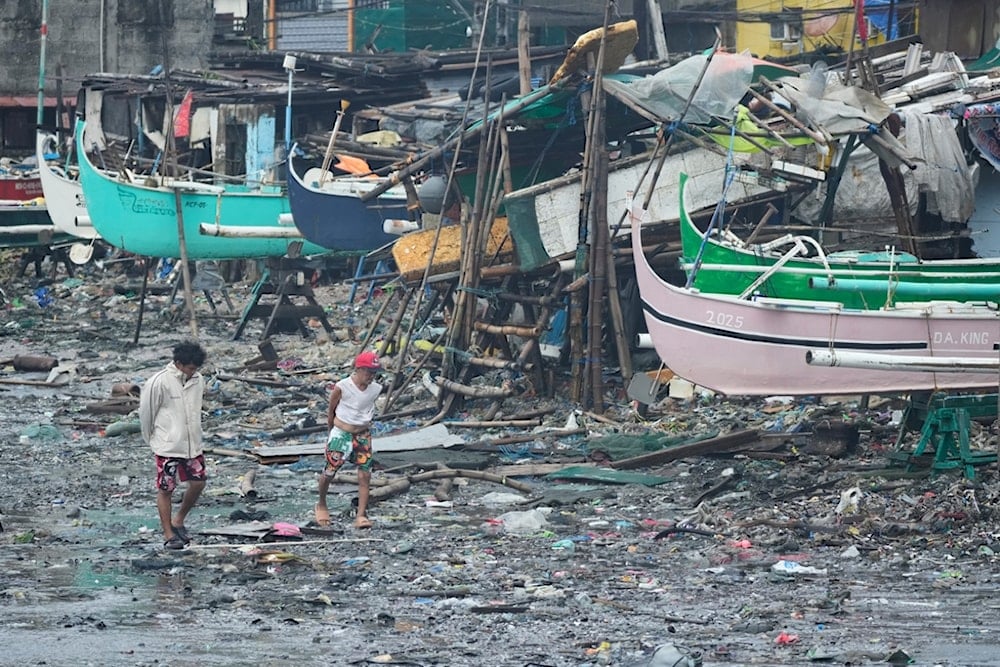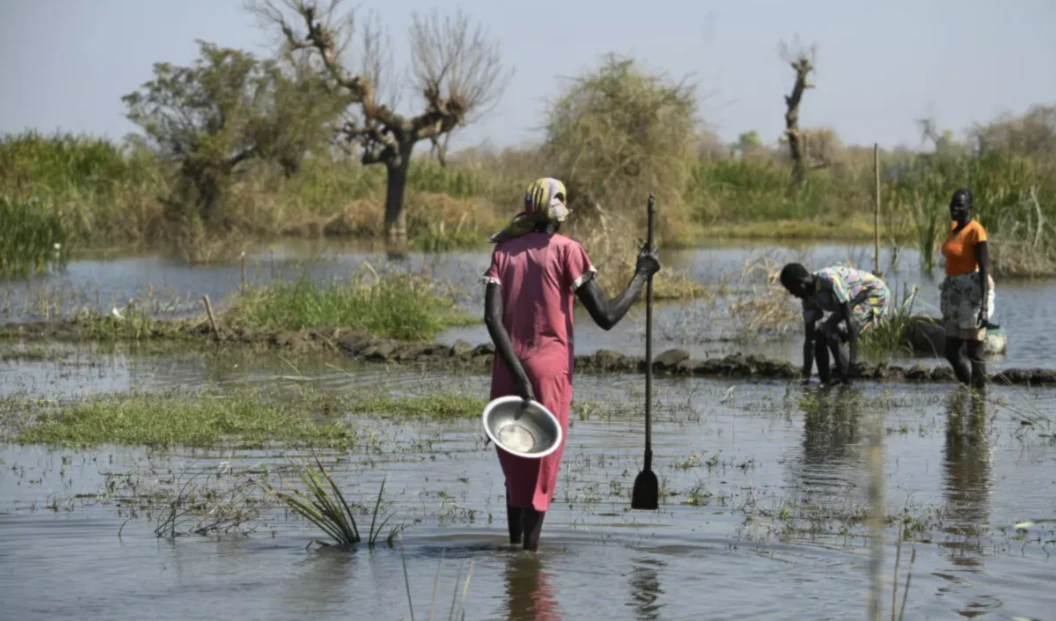Typhoon Fung-wong leaves Philippines with updated death toll of 18
The updated death toll from Typhoon Fung-wong has reached 18 as the storm moves away from the Philippines, leaving severe flooding, landslides, and mass displacement across northern regions.
-

Residents walk on debris that was washed ashore due to Typhoon Fung-wong along a coastal village on Monday, Nov. 10, 2025, in Navotas, Philippines. (AP Photo/Aaron Favila)
The number of people killed by Typhoon Fung-wong has climbed to 18, according to Philippine officials, as the powerful system moved away from the country on Monday after inundating northern regions with fierce winds and torrential rain.
Fung-wong has since weakened over the South China Sea and is heading toward Taiwan, where it could arrive by Thursday. Its departure comes amid mounting pressure on emergency services, which were still responding to widespread flooding, landslides, and power outages across Luzon.
The storm struck the Philippines only days after Typhoon Kalmaegi devastated central provinces, leaving at least 232 people dead before crossing into Vietnam, where additional fatalities were recorded. Forecasters noted that Fung-wong approached the archipelago as a super typhoon, carrying maximum sustained winds of 185 kph (115 mph) when it came ashore in Aurora province on Sunday. The enormous weather system spanned about 1,800 kilometers as it swept across mountainous and agricultural areas overnight.
Dramatic video captured the moment powerful winds rocked a pedestrian bridge as Typhoon Fung-Wong made landfall in the Philippines. pic.twitter.com/4lSB47FMjQ
— AccuWeather (@accuweather) November 10, 2025
Widespread disaster response
Authorities confirmed fatalities in several regions, including Catanduanes, Eastern Samar, Nueva Vizcaya, Mountain Province, and Ifugao. Police reported that landslides in Nueva Vizcaya killed three children and injured four others, while officials in nearby Kalinga said another landslide claimed two lives, with two residents still missing.
The scale of the displacement was enormous. More than 1.4 million people sought safety in evacuation centers or with relatives before the typhoon made landfall, and as of Tuesday, roughly 240,000 remained in shelters. Rescue teams were dispatched to inundated communities, with at least 132 villages submerged, including areas where residents had to climb onto rooftops as waters rose rapidly. Over 4,100 homes sustained damage, according to the Office of Civil Defense.
“While the typhoon has passed, its rains still pose a danger in certain areas in northern Luzon, including in metropolitan Manila,” said Bernardo Rafaelito Alejandro IV, urging caution as emergency crews launched fresh rescue and relief operations. “We’ll undertake today rescue, relief and disaster-response operations.”
Police and rescue personnel in Kalinga conduct disaster response operations on Monday, November 10, amid the heavy rain and strong winds of Super Typhoon Uwan (Fung-wong), assisting affected residents, transporting evacuees, clearing fallen trees and debris from blocked roads,… pic.twitter.com/cAsWmLzy7Y
— Rappler (@rapplerdotcom) November 10, 2025
Storm emergency
President Ferdinand Marcos Jr. has declared a state of emergency due to the widespread destruction left by Kalmaegi and the looming threat of further damage from Fung-wong, locally known as Uwan. Philippine weather authorities classify storms with winds of 185 kph or more as super typhoons to reflect the heightened risks posed by extreme weather.
Schools and government offices were ordered shut for two days, while numerous domestic and international flights were grounded. The coast guard barred sea travel amid rough conditions, leaving more than 6,600 passengers and crew stranded at ports.
With an annual average of around 20 tropical cyclones, along with frequent earthquakes and active volcanoes, the Philippines remains one of the most hazard-exposed countries in the world.

 3 Min Read
3 Min Read










